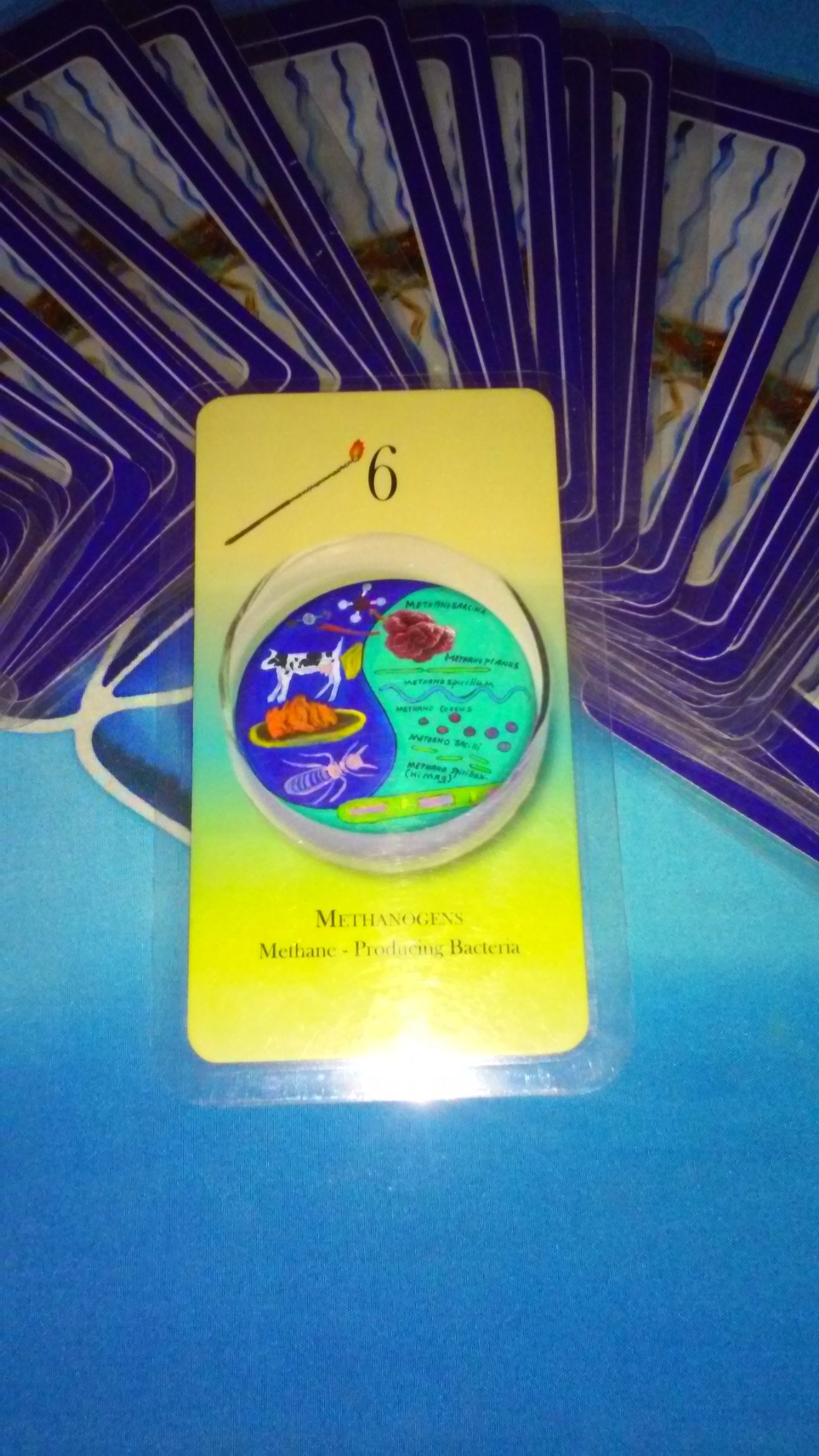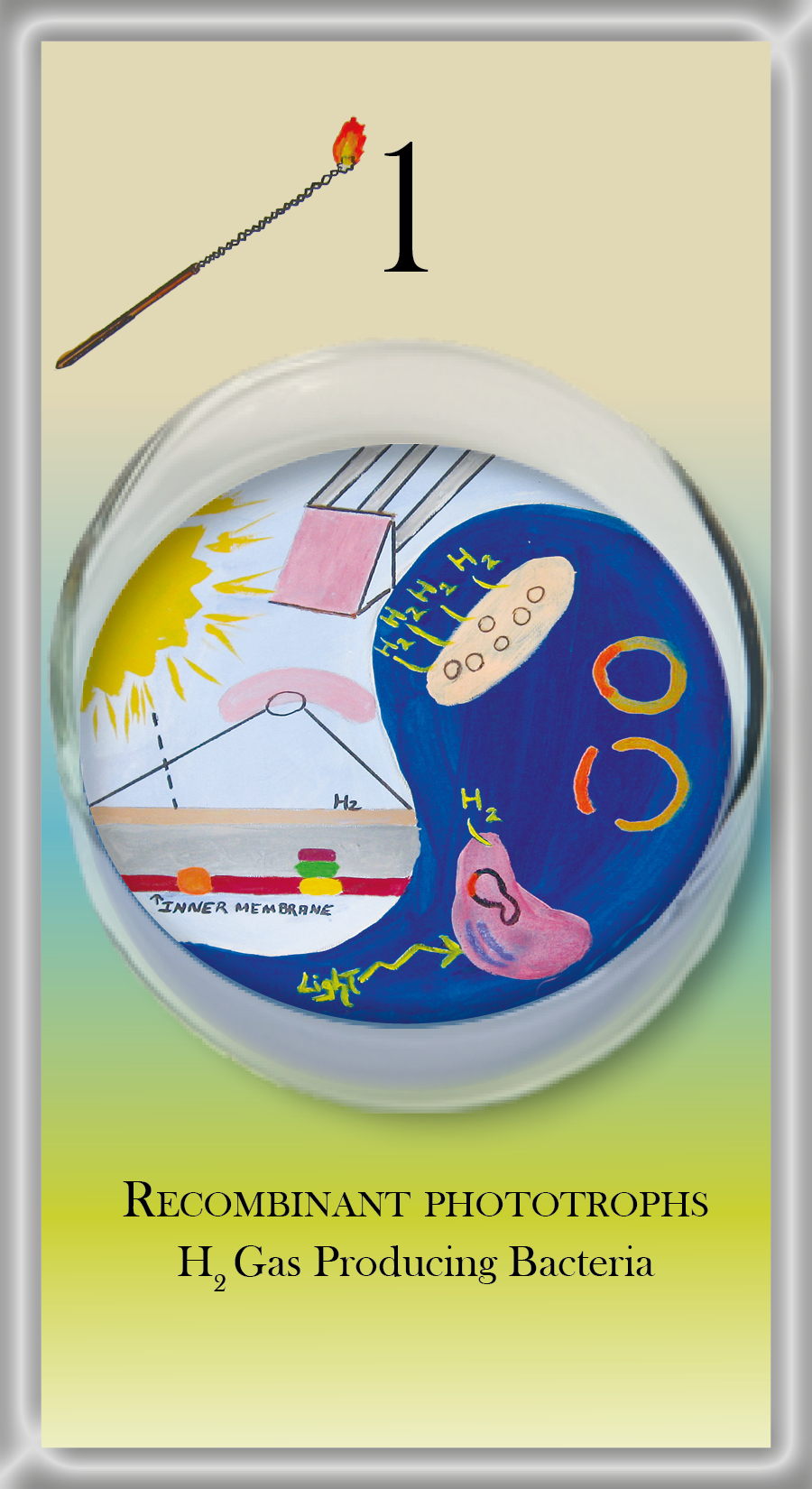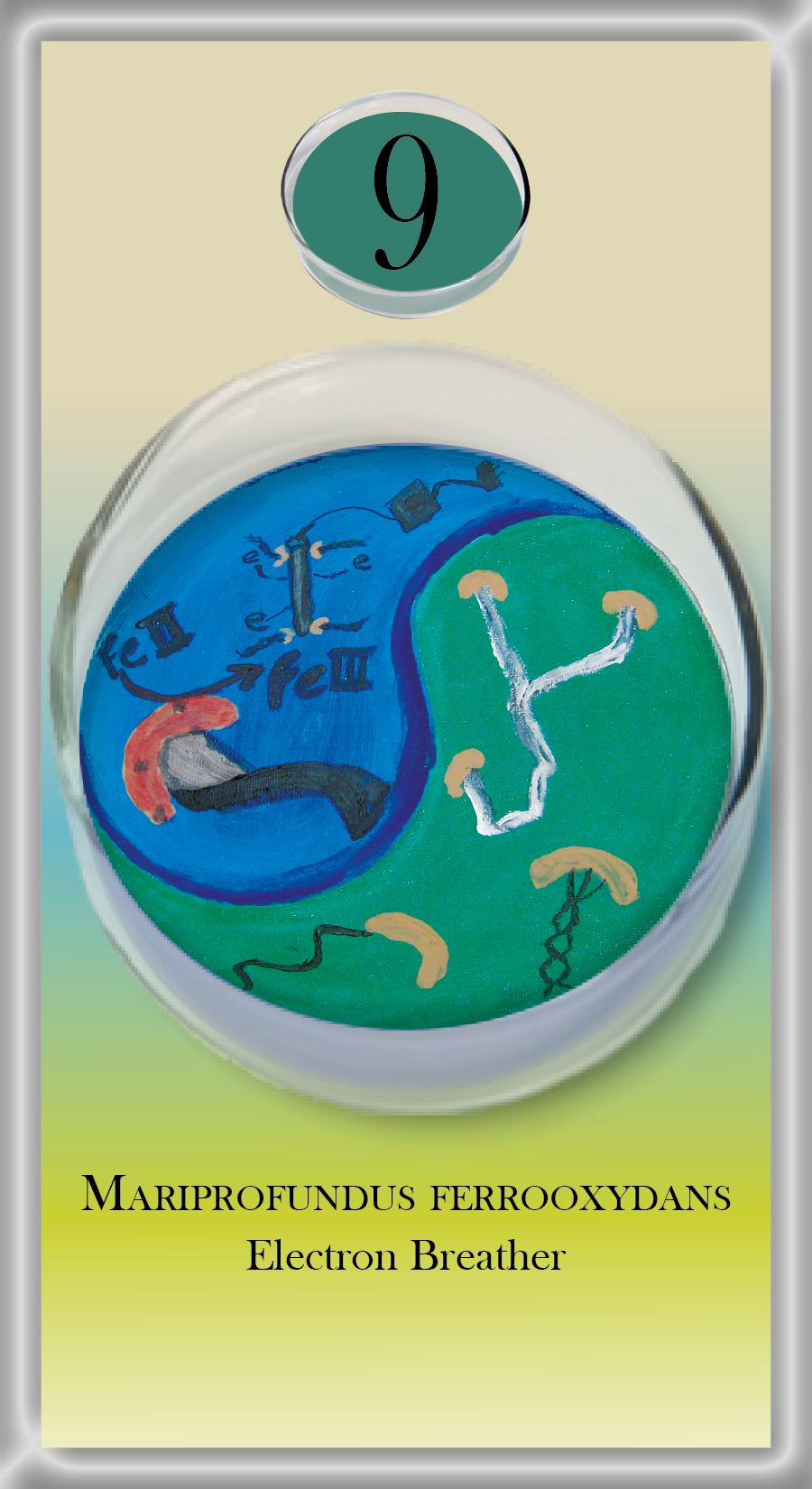Microbes do more than feed us
(Algae food of the goddesess and mermaids).
They can also give us an environmentally healthy, fresh and green source of biofuel.
Innovation
The Age of Aquarius and all the scientific advances that come with it, grant us a wonderful opportunity to apply science and innovation to new ways we can keep our fossil fuel usage down, and develop a society that can breathe in a cleaner, greener atmosphere. To completely replace our fossil fuel global economy with bio-fuel, we can cultivate all manner of microbes for this valuable assistance. This is an important way we can welcome the New Age of Aquarius.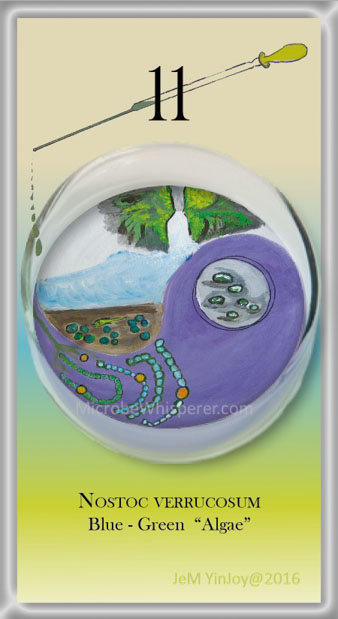

Age of Aquarius
On December 21, 2020 our world experienced a Great Conjunction in the sign of Aquarius. In astrology, a conjunction refers to the event of two or more planets coming together at the same point in the sky. In this recent occurrence, the Great Conjunction was made between Jupiter and Saturn. Astrologers call this the Great Conjunction because the last time this aspect occurred in Aquarius was the early 1400s, which marked the Rennaissance age.
Of course there have been significant astrological activities in Aquarius before this, in our recent past.
The one of February 4, 1962, declared by philosopher Samael Aun Weor to hereald the beginning of the Age of Aquarius,
involved the alignment of the first six planets, the Sun, the Moon with the constellation Aquarius. This gave rise to the celebration of the "dawning of the age of Aquarius," in the popular culture of the 1960s and 1970s. Some astrologers mark the Age of Aquarius as beginning in March 2012. Given the many various interpretations of the timing in this change between ages, many view the transition of the Age of Aquarius from the Age of Pisces being more like a tidal flow. With the gradual ebbing of one tide (Pisces) and the rising of another (Aquarius). There is no specific "galactic switch" that turns off one age and starts another. But Astrology does give markers indicative of the gradual flow in these tides, in the form of planetary alignments.Astrological ages last for approximately 2000 years
and mark each of the 12 divisions of the zodiac. Simply put, the Earth’s celestial pole is the imaginary extension of the Earth’s axis of rotation where it crosses the celestial sphere. This movement, called precession, measures the retrograde motion of the spring equinox (or vernal point) as it moves along the ecliptic and backwards through the zodiac. When the vernal point reaches a new sign it marks the start of the next astrological age. It takes about 72 years for the equinox to move 1 degree through the zodiac, so each sign of 30 degrees takes 2160 years. The whole cycle is completed in about 25,920 years. This pole rotates in a circular motion and returns to its starting point every 25,000 – 26,000 years.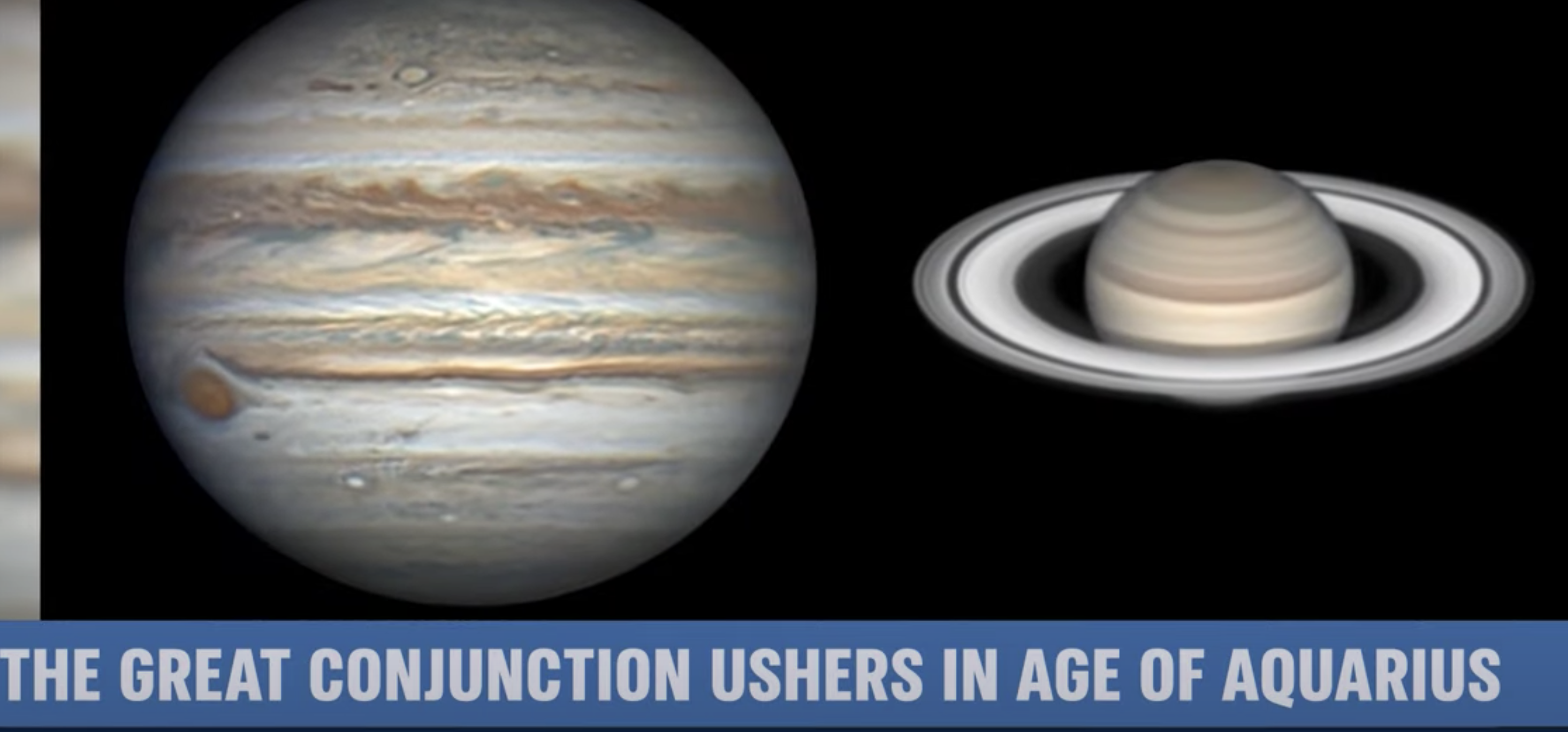



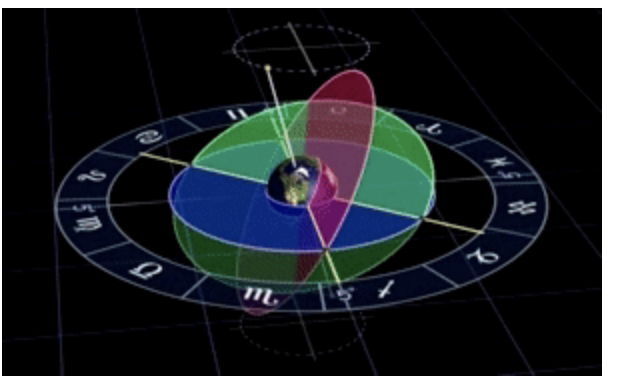





Great Conjunction in Pisces.
It fell at 20º PISCES 55’ and was believed to be the legendary "Star of Bethlehem" and marked a time of promise for a new era in spirituality. Most certainly, the "Bright Star" of Dec. 21, 2020, also gave us inspiration and hope during the end of a very traumatic year for the world. It is believed by astrologers and other mystics, that each astrological age, brings its own backdrop, influencing humanity for 2000 years. Christianity entered the scene at the beginning of the Pisces Age 2,000 years ago and the symbol for Pisces is the fish.A symbol used by Christ and by Christians.
The Age of Pisces also brought other aspects to human development. Spirituality, imagination, delusion, escapism, kindness, and intuition are some of the shadow and light facets that describe the Age of Pisces.


Aquarius is the sign of innovation, truth, and community.
Last time Jupiter and Saturn shared a Great conjunction in Aquarius was in 1405 — significantly around the time of the Renaissance. That makes sense as Aquarius is the air sign known to be intellectual, communicative, and idealistic.Globally, we became more connected via electronic means.
The fact that Zoom usage skyrocketed during the pandemic is just one example of our increased dependence on the internet to stay connected with our communities. It also allowed for our ability to expand our reach into communities we would not have been able to join previously.We can as a human society appreciate the year 2020 as a big "pause" button.
The pandemic is a signal for us that through these new, large scale opportunities, we are urged to apply innovative ways to manage our lives during these new and sudden challenges. Since physical travel was not an option, we were affected by the positive changes in our environment. The cleaner air we created, for example, when we all stopped using our fossil fuel vehicles for several months.AGE OF AQUARIUS VIDEO
Enjoy my homage to the 1960s Age of Aquarius celebration. And I do invite you to share my vision towards our present day Aquarian drive towards innovative bioenergy, to Microbe Whisper a greener future for Gaia and her biological guests.
With Joy and Optimism. JeM YinJoy
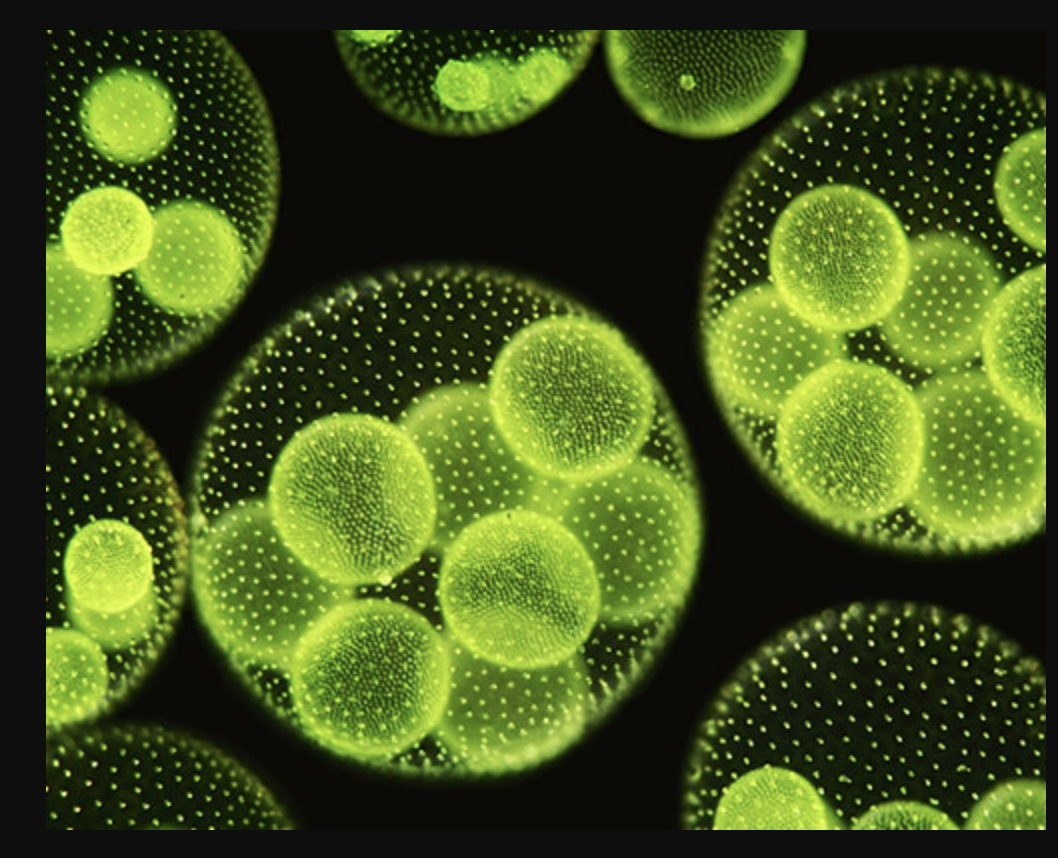
What is biofuel?
Biofuel is energy generated by using biological resources, like microbes. There are ways to harness microorganisms to produce large amounts of renewable energy. Microbial communities can convert the energy value of a wide-range of waste products, to energy our society can use. This waste comes from from agricultural, animal, and human, as well as from industrial processes. Microbes can convert almost all of the energy in these wastes to methane, hydrogen, and electricity. Photosynthetic microbes convert sunlight into biodiesel fuel. Some algae (eukaryotes) or cyano- bacteria (prokaryotes) have high concentrations of fats (lipids). With appropriate cultivation, photosynthetic microbes can produce lipids for biodiesel with yields per unit area 100 times or more than possible with any plant system. Also, the non-lipid biomass can be converted to methane, hydrogen, or electricity. Photosynthetic microbes have the added advantage of not requiring land, like plants do. Algae or cyanobacteria may be the best option to produce bioenergy at rates high enough to replace a substantial fraction of our society’s use of fossil fuels

We residents of earth face an imminent risk due to the global climate change.
These drastic changes are affecting our planet due to the net increase in atmospheric CO2 caused, in part, by our combustion of fossil fuels. These changes are evident now and will have a long-lasting and profound impact for generations of humanity and the co-inhabitants of Mother Earth as well.Fortunately, we have the potential to reduce, or perhaps even eliminate this risk
by employing renewable, carbon-neutral energy sources that can soon replace all the services we get from fossil fuels.Methanogenesis
The generation of CH4 by anaerobic microbial communities
is called methanogenesis.
The equation for this process is:
20CO2 + 8H+ 8e- >>>>> CH4 + 2H2O
Methane (CH4,), which is natural gas. It has low-solubility which means it
that rapidly bubbles out of the water and can be captured, cleaned, and used for energy.
The number 6 card, Loops Suit, in my 44-card Microbe Whisperer Oracle deck, describes methanogens (bacteria that make methane) in more detail. Methanogenesis has been used for sludge digestion in wastewater treatment. The cost of methane production is still relatively high compared to the cost of natural gas from fossil-fuel deposits, but this situation should change as natural-gas costs rise and methanogenesis and pre-treatment technologies improve.
Biohydrogen Generation H2
is a low-solubility gas that can be used as fuel. H2 has approximately the same heat of combustion as CH4 it can be combusted to gain the energy value similarly to CH4 . However, H2 has the added benefit that it can be used as the fuel for a conventional fuel cell, where electricity can be produced without combustion, producing pollution-free electrical energy with an efficiency at least 50% higher than with a combustion-steam-turbine approach. In the number one card from the Loops suit in my Microbe Whisperer Oracle Deck, I describe a method of producing hydrogen gas using hybrid photosynthetic microbes. You can learn more in the Microbe Whisperer Guidebook: Cards for Environmental Healing, Divination and Education.Bioelectricity
Electricity can be produced from some types of microbes themselves. In fact, a microbial fuel cell (MFC) is a special form of a fuel cell in which bacteria grow as a biofilm on the anode. The bacteria catalyze the oxidation of organic compounds and the bacteria then transfer the electrons to the anode. The electrons move through an electrical circuit to the cathode. At the cathode, the electrons are transferred to an electron acceptor, normally oxygen (O2 ). The energy value of the electrons is harvested in the circuit as electrical power. Number 9 card in the Petri Dish suit of my Microbe Whisperer Oracle card deck, describes one of these types of microbial electron breathers.Photosynthetic microorganisms that capture sunlight energy
and concentrate it in lipids that can be used to produce biodiesel. Biodiesel directly replaces petroleum-based diesel fuel for transportation and other uses that demand a very high density fuel. Lipids are extracted from photosynthetic microorganisms, which include algae and cyanobacteria. The simplest systems for growing photosynthetic microorganisms are large, open ponds or raceways. Enclosed photobioreactor systems provide features that open ponds cannot, but they are more expensive. These systems are only going to become more cost effective and successful, as we become more adept at channeling our scientific innovations into what is good of the environment. Eventually a number of these systems will become efficient and cost-effective. Then we will have good options for producing renewable biodiesel at rates large enough to displace petroleum.
NOTE: For more scientific details on microbial bioenergy, please visit the Science Tools page.
With Joy and Optimism. Dr. JeM YinJoy















